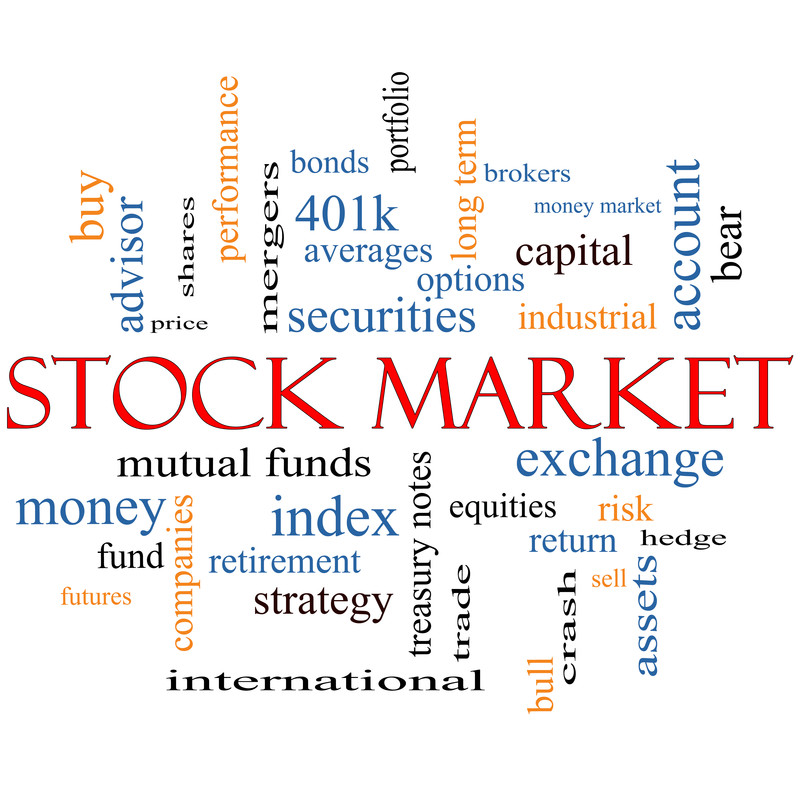A Brief History Of The Stock Market
A stock is a legal symbol of ownership in a business. When you buy stock, you are actually buying part-ownership of the business. In other words, you become a shareholder. A business will typically spread ownership to hundreds or even thousands of shareholders. Shares are sold when the company wishes to get cash. In a small business, it may be said that the owner has 100% of all shares. However, when a business grows beyond a certain size, it may require capital for expansion and selling shares is the easiest way to do that.
Most stock holders do not really have much say in how the business is run because their ownership proportion is negligible. In order to make a difference, you must own lots of shares or you must work with several smaller shareholders. Now days, buying stock has become more of an investment rather than trying to run the business. You simply buy stock and wait for the company to grow. This will appreciate the stock value and you make money by selling it. Or you could simply make do with the percentage of profits the company gives you based on your shares.
The stock exchange is the place where people trade stocks. The three important share markets in the United States are the New York Stock Exchange, the American Stock Exchange, and Nasdaq. Stocks are bought and sold through stock brokers or Direct Investment and Dividend Reinvestment Plans. The plans allow you to purchase the stock directly from the companies instead of the market.
Wall Street is a famous and important place when it comes to the American stock market. The street is named after the high fence built by the Dutch settlers in New York during the 17th century. Though the fence lasted till 1685, the street next to it was permanently named Wall Street. The history of the American stock exchange begins in Philadelphia. The first stock exchange was built here in 1770. Two years later, the first New York stock exchange was opened, though it was less successful. In 1817, New York stock exchange representatives traveled to Philadelphia to understand why it was more active.
This created a more disciplined and formal New York Stock and Exchange Board. Another important point in this history is the crash of 1929. This crash triggered the Great Depression.

